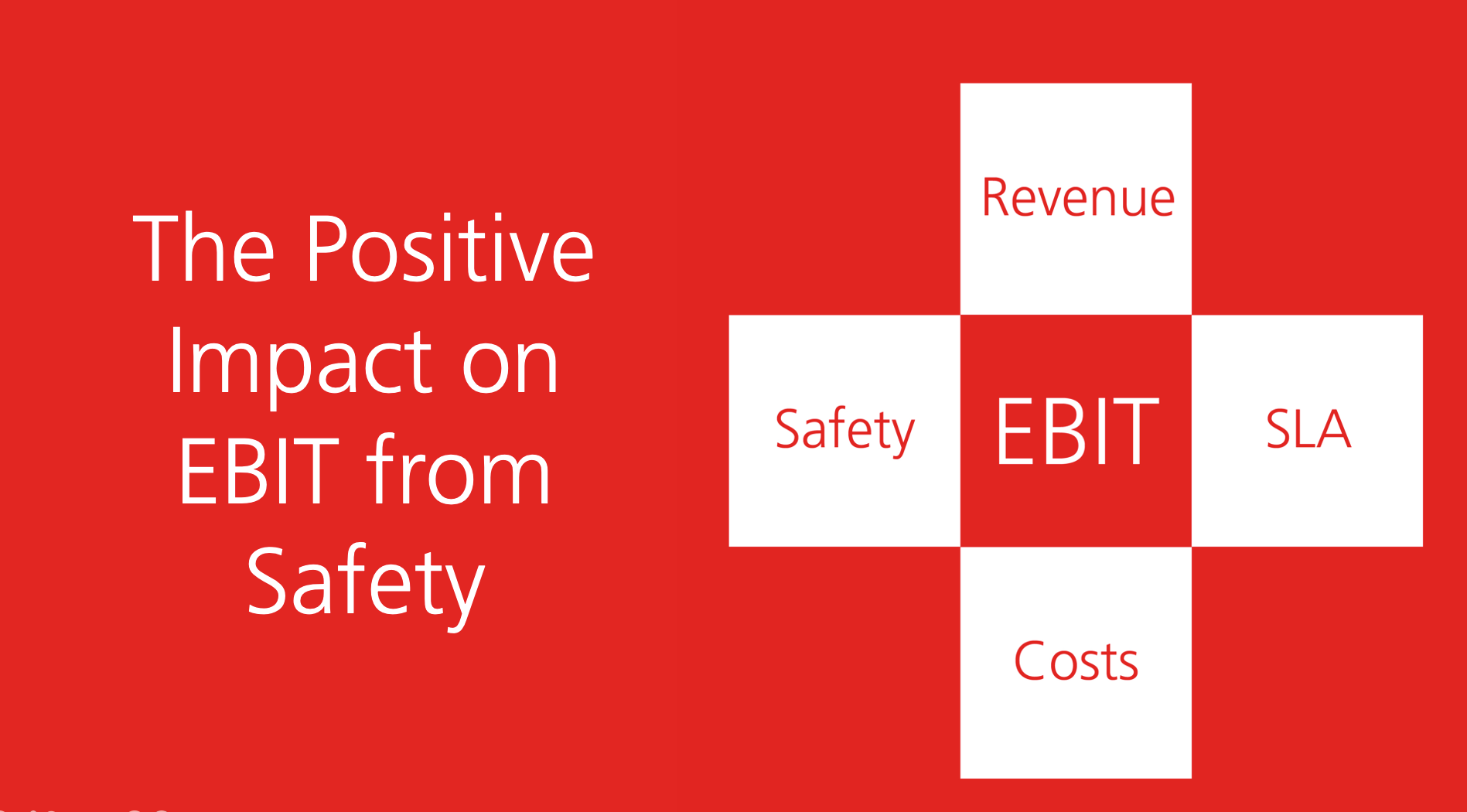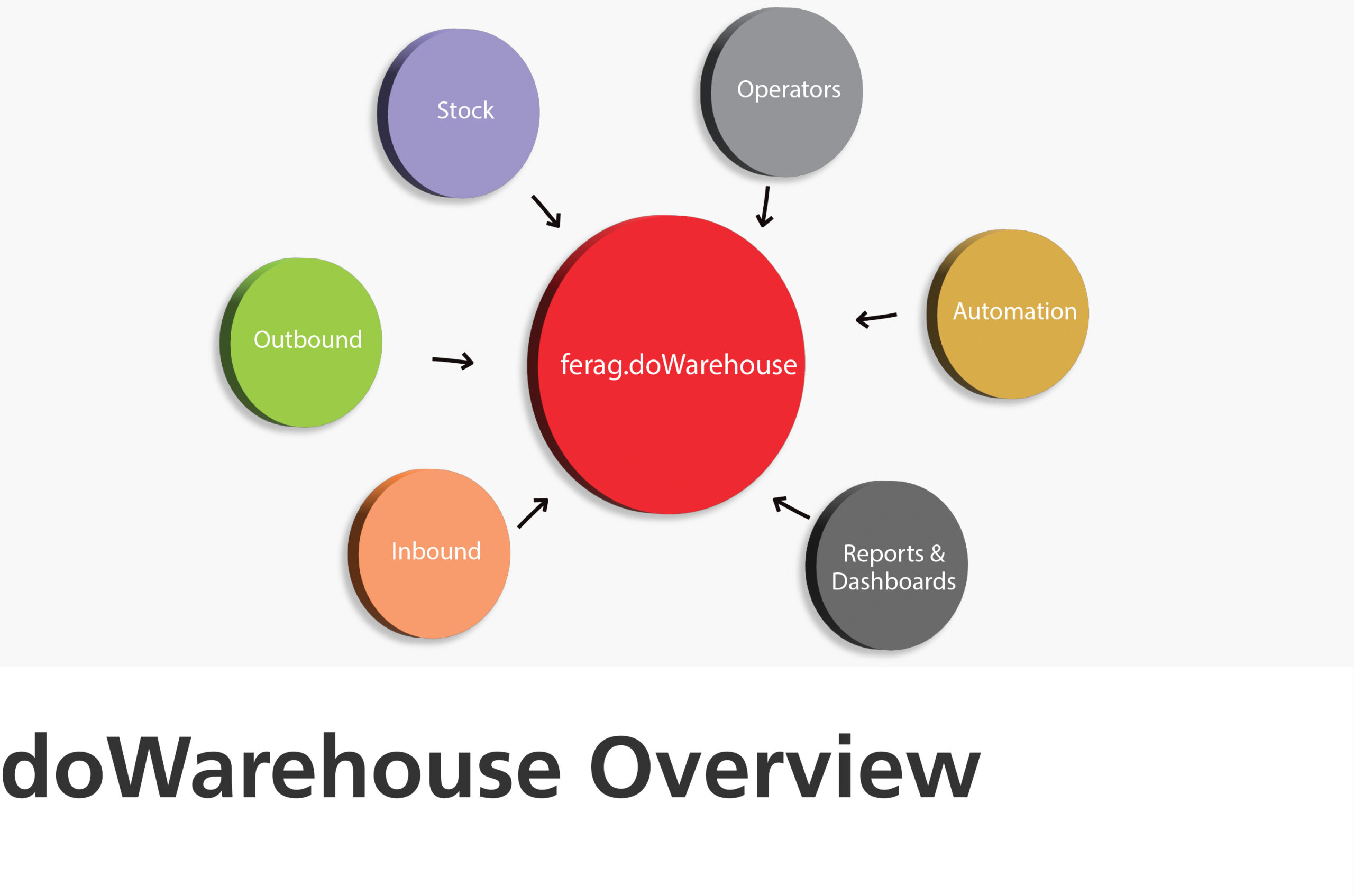The positive impact on EBIT from safety
Article | 9th Dec, 2024

Ferag views safety as a strategic priority that can transform intralogistics operations. By embedding safety into every phase of projects, it helps businesses optimise efficiency, reduce costs, and enhance performance.
This article explores how organisations can take a similar approach, demonstrating how safety drives profitability and enhances operational success.
The positive impact on EBIT from safety
Safety initiatives directly influence the key drivers of EBIT: cost reduction, improved Service Level Agreements (SLAs), and revenue growth. Here’s how:
- Cost savings: Investments in safety reduce incident-related costs such as workplace injuries, downtime, and insurance premiums. These savings directly enhance operational profitability.
- Productivity improvements: A robust safety culture enables employees to work confidently and efficiently, minimising disruptions and delays. This leads to better SLA performance and operational output.
- Compliance and legal protection: Maintaining high safety standards while supporting ESG (Environmental, Social, and Governance) initiatives mitigates legal risks and ensures regulatory compliance. This proactive approach helps organisations avoid penalties and costly lawsuits, protecting both their finances and reputation.
- Workforce retention and attraction: A safe workplace fosters employee loyalty and attracts skilled talent. Reduced turnover ensures knowledge retention, while new talent contributes to enhanced productivity.
- Customer trust and reputation: A strong safety record builds trust with clients, enhancing the organisation’s reputation as a reliable partner. This often results in increased customer retention and market share.
Embedding safety into operations
To realise the benefits of safety, organisations should adopt a systematic approach to embedding safety into their operations. Key strategies include:
- Planning with safety in mind: From the initial stages of project planning, safety considerations should guide the design of processes, systems, and equipment.
- Tailored solutions: Safety systems should be customised to address the unique challenges and risks of each operation.
- Continuous monitoring: Safety is not a one-off initiative. Regular assessments and updates are essential to stay ahead of emerging risks.
- Training and awareness: Comprehensive safety training ensures that employees and stakeholders are aware of their roles in maintaining a safe work environment.
- Leadership commitment: Having dedicated safety leaders ensures that safety remains a priority at all levels of the organisation.
Safety as a strategic investment
While implementing safety measures requires upfront investment, the returns are substantial. Costs associated with documenting procedures, purchasing equipment, and training employees are outweighed by the long-term benefits of reduced incidents, enhanced efficiency, and improved profitability. In addition, organisations with strong safety frameworks often gain a competitive edge in securing new business opportunities, particularly in industries where safety records influence procurement decisions.
Adopting a data-driven approach to risk management, standardisation, and modernising safety systems and training programs can amplify these benefits. This strategy not only reduces costs but also boosts overall productivity, enhances safety awareness, and strengthens customer confidence, positioning organisations for sustained success.
At Ferag, safety is woven into the fabric of every solution delivered. By embedding safety into every aspect of project implementation, Ferag has helped clients achieve smoother operations, mitigate risks, and safeguard their people, assets, and reputation. This approach not only enhances operational performance but also supports long-term business growth.
Organisations that prioritise safety, as Ferag does, can achieve a competitive edge in the market. Safety is more than a responsibility—it’s a strategic advantage that drives efficiency, reduces costs, and improves EBIT. With a strong focus on safety, businesses can achieve operational excellence while fostering trust and loyalty among employees, partners, and clients.
Read the MHD article here








